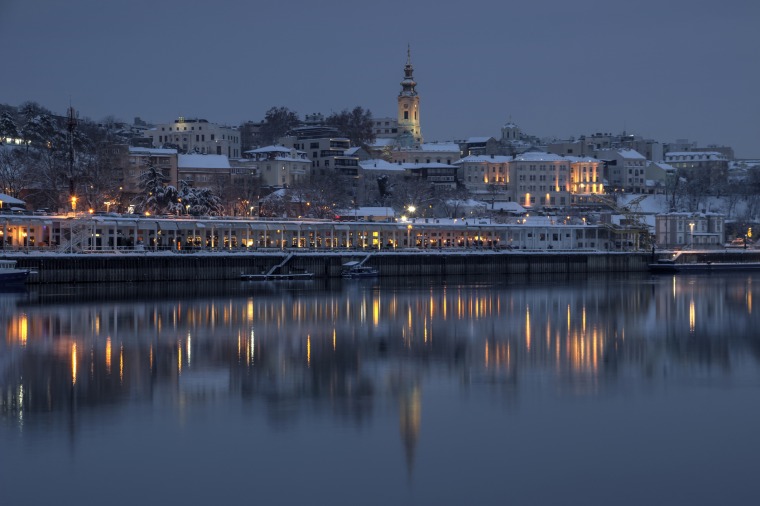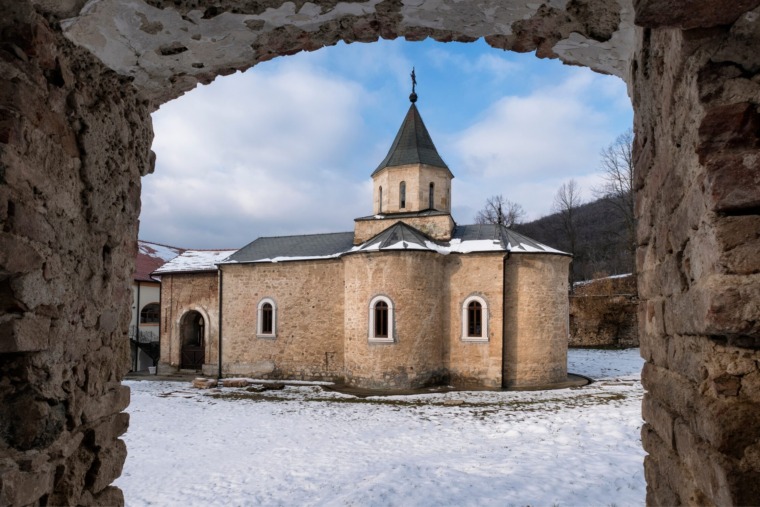
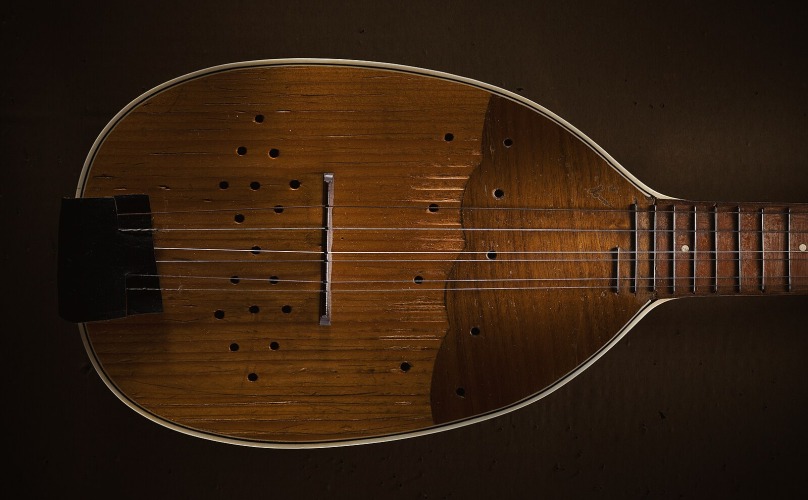
The tamburitza is more than just an instrument in Serbia; it is a symbol of the country’s deep-rooted folk music tradition, a bridge between past and present, and a key part of the cultural fabric that continues to enchant audiences in Serbia and beyond. When we talk about tamburitza, we must also acknowledge the connection to the kafanas (traditional Serbian taverns), Skadarlija, the bohemian lifestyle, as well as the fertile plains of Vojvodina and its picturesque salasi (traditional farmsteads).
The Tamburica Fest, held annually in Novi Sad, further highlights the importance of this instrument. Together, they form a narrative that celebrates Serbian culture, hospitality, and the joy of life.
The History of the Tamburitza
The tamburitza’s origins in the Balkans are somewhat murky, but it is believed to have been introduced to Serbia from the Eastern Mediterranean region, likely during the Ottoman period. With its long neck and hollow wooden body, the tamburitza resembles a lute, and is traditionally played with a plectrum, producing a distinctive, resonant sound.
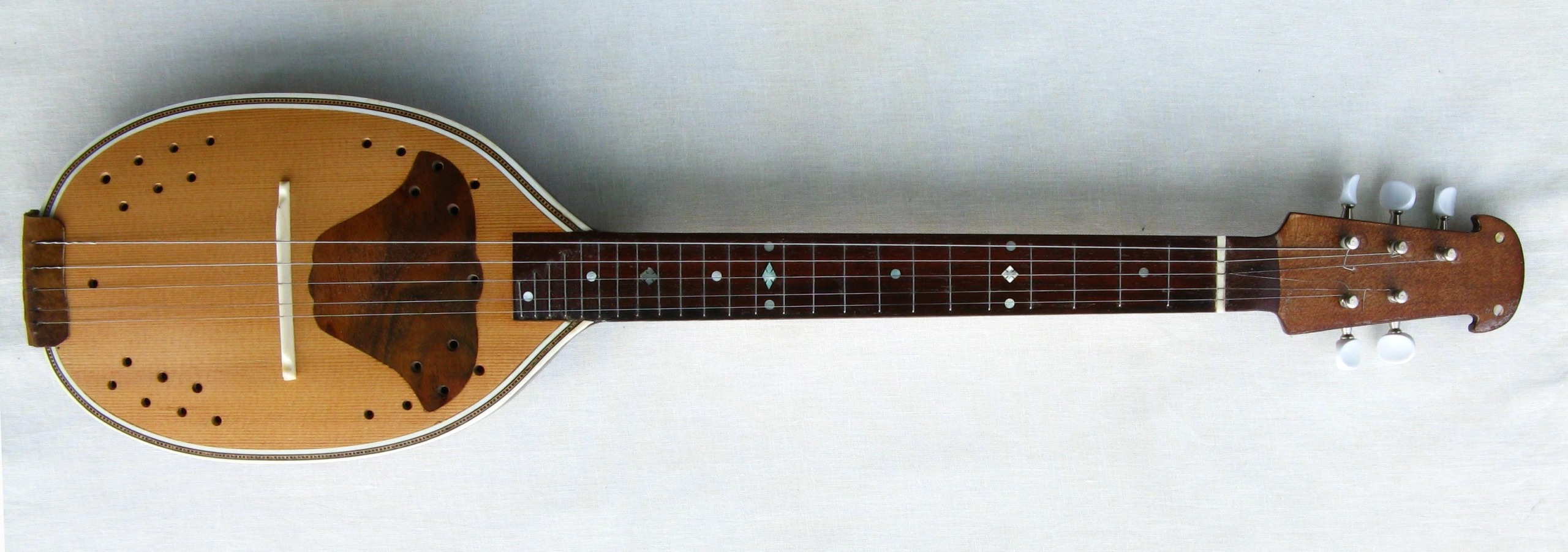
Historically, tamburitza music was the soundtrack of rural life in Serbia, especially in the northern province of Vojvodina. The province’s multicultural atmosphere, shaped by Serbian, Hungarian, Croatian, and other influences, helped develop a unique style of tamburitza music. It accompanied social events, family gatherings, and celebrations. By the early 20th century, the instrument began to gain popularity in urban centers, particularly in Belgrade, where it became intertwined with the bohemian lifestyle of the time. Its role was not only that of a folk instrument but also of an entertainer, capable of filling the rooms of kafanas with melodies that stirred the soul.
The Tamburitza in Kafanas, Skadarlija, and the Vojvodina Region
The kafana is an integral part of Serbian culture, a place where food, drink, and music converge to create an atmosphere of warmth and camaraderie. Kafanas have been the heart and soul of the bohemian life in Belgrade, particularly in the iconic district of Skadarlija, a cobblestone street often referred to as the “Montmartre of Belgrade.” Here, the sounds of the tamburitza are still heard in the lively cafes and taverns, where patrons gather to sing, drink, and dance.
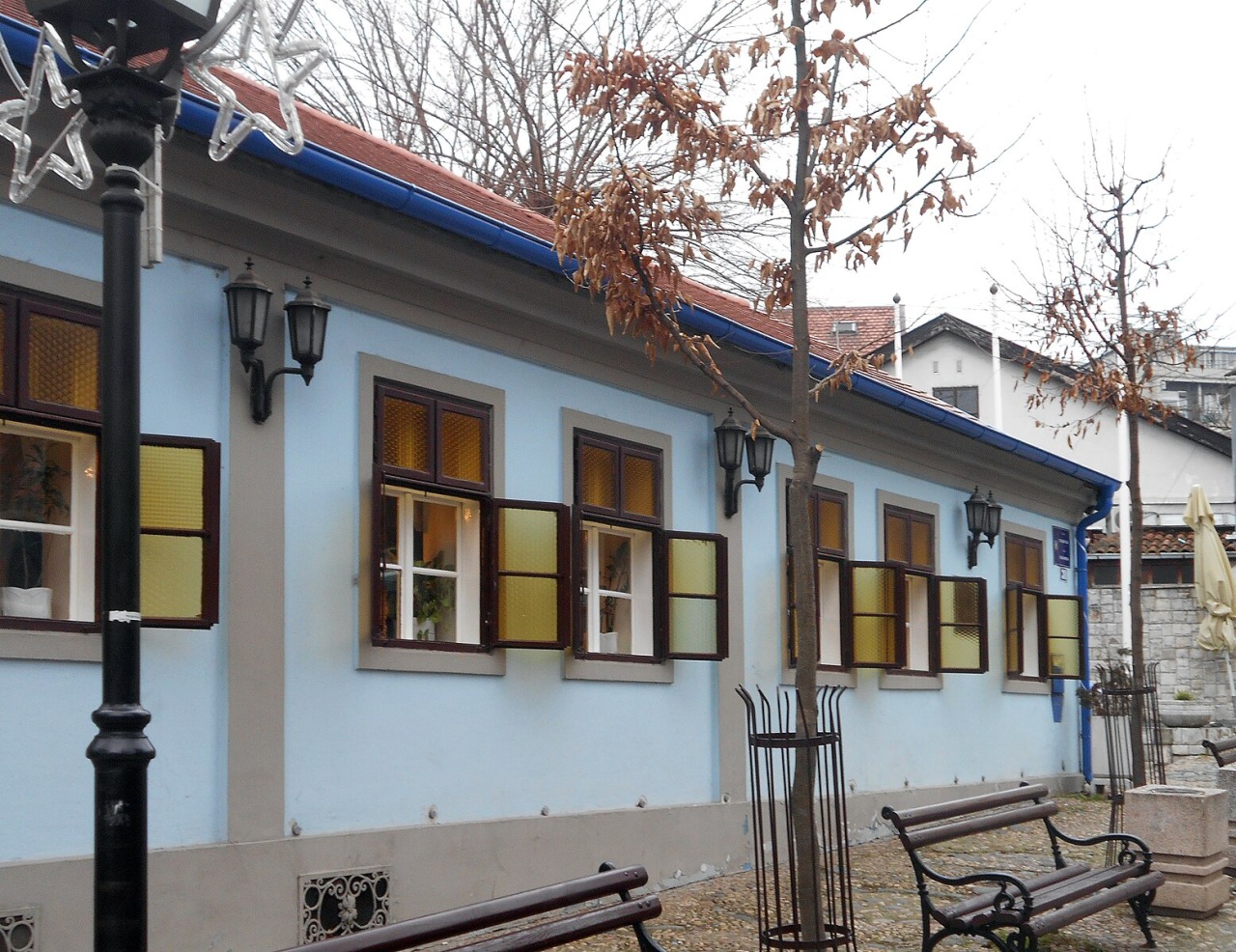
In the bohemian atmosphere of Skadarlija, artists, writers, and musicians from all walks of life would come together, enjoying each other’s company while basking in the district’s carefree spirit. The tamburitza played a major role in this social setting. Its soft, soulful tones would accompany a glass of rakija or perhaps a plate of ćevapi (grilled minced meat) as people shared stories, debates, and laughter long into the night.
However, the tamburitza is also strongly associated with the northern Serbian province of Vojvodina. This region, characterized by vast plains, lush farmland, and a rich agricultural tradition, has been home to countless salaši (traditional Serbian farmsteads) where tamburitza music has echoed through the generations. These rural settings helped preserve the traditional folk music of the tamburitza, with its unique blend of Serbian, Hungarian, and Croatian influences. It’s in Vojvodina’s idyllic countryside that you can still find tamburitza players sitting around a fire, serenading friends and family with timeless melodies.
Tamburitza and the Bohemian Spirit
Tamburitza music has a particular knack for capturing the complex emotions of life – from joy to sorrow, from love to longing. Its melodies can be both lively and melancholic, often evoking the bittersweet feelings of nostalgia that are common in Serbian music. The bohemian culture that blossomed in Skadarlija embraced these emotions, and tamburitza bands became the soundtrack to the lives of the artists and intellectuals who frequented these taverns.
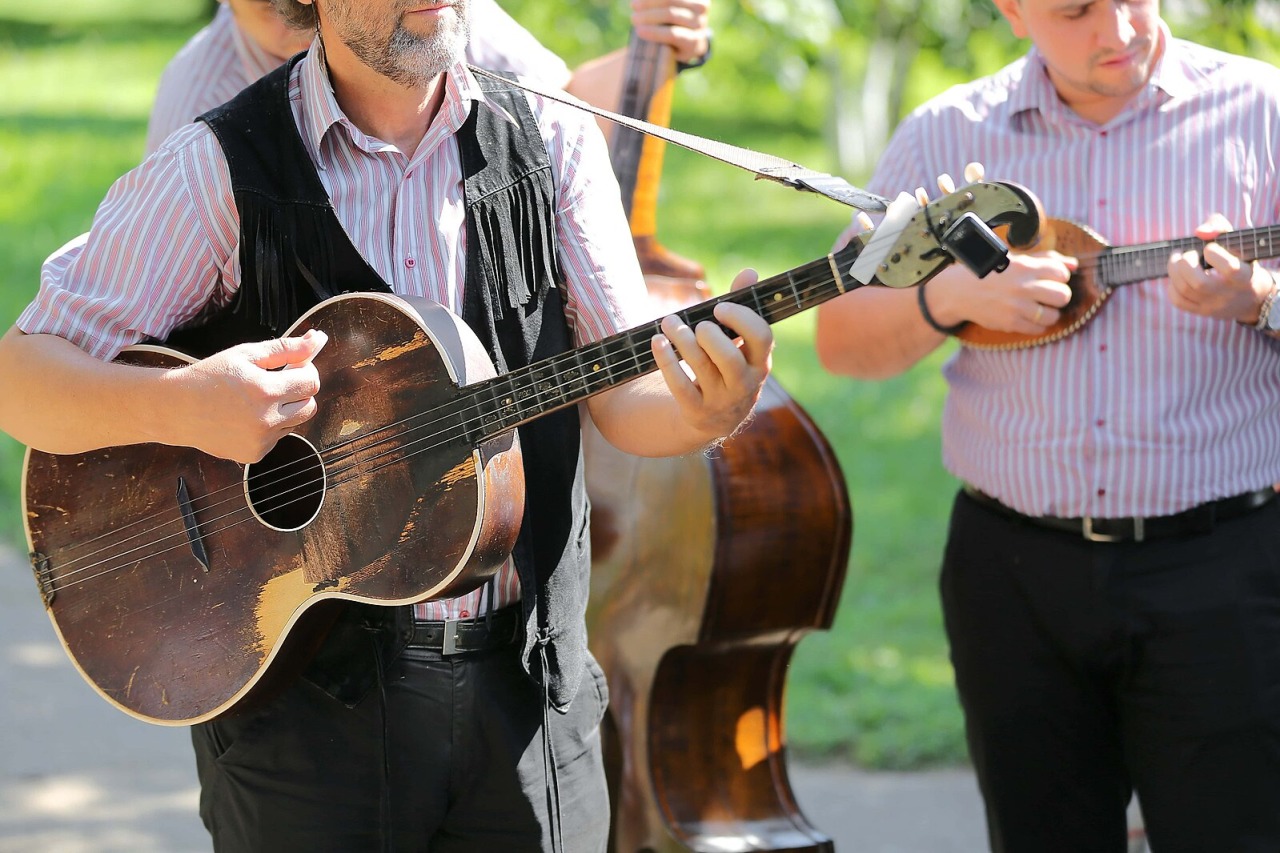
What set the tamburitza apart from other instruments was its ability to convey both deep emotions and playful rhythms. The melodies could go from soft, slow, and mournful to upbeat, fast-paced, and festive. A tamburitza band, typically composed of a tambura (the main instrument), bass, and sometimes violin, would bring to life a wide range of Serbian folk music, including sevdalinka (a soulful, melancholy genre), kolo (a traditional circle dance), and starogradska music (old town music). These genres became a staple in the kafanas, where they formed the backbone of the bohemian entertainment scene.
Tamburitza and its Cultural Significance
The tamburitza holds a special place in Serbian folklore and identity. As a folk instrument, it embodies the rural heart of the country, yet its continued presence in urban settings like Belgrade’s kafanas connects the old world to the new. Over the years, tamburitza bands have evolved, incorporating new influences and adapting to changing tastes, but their core function as a communal instrument remains unchanged: to bring people together, to tell stories through music, and to provide a soundtrack for moments of celebration and sorrow alike.
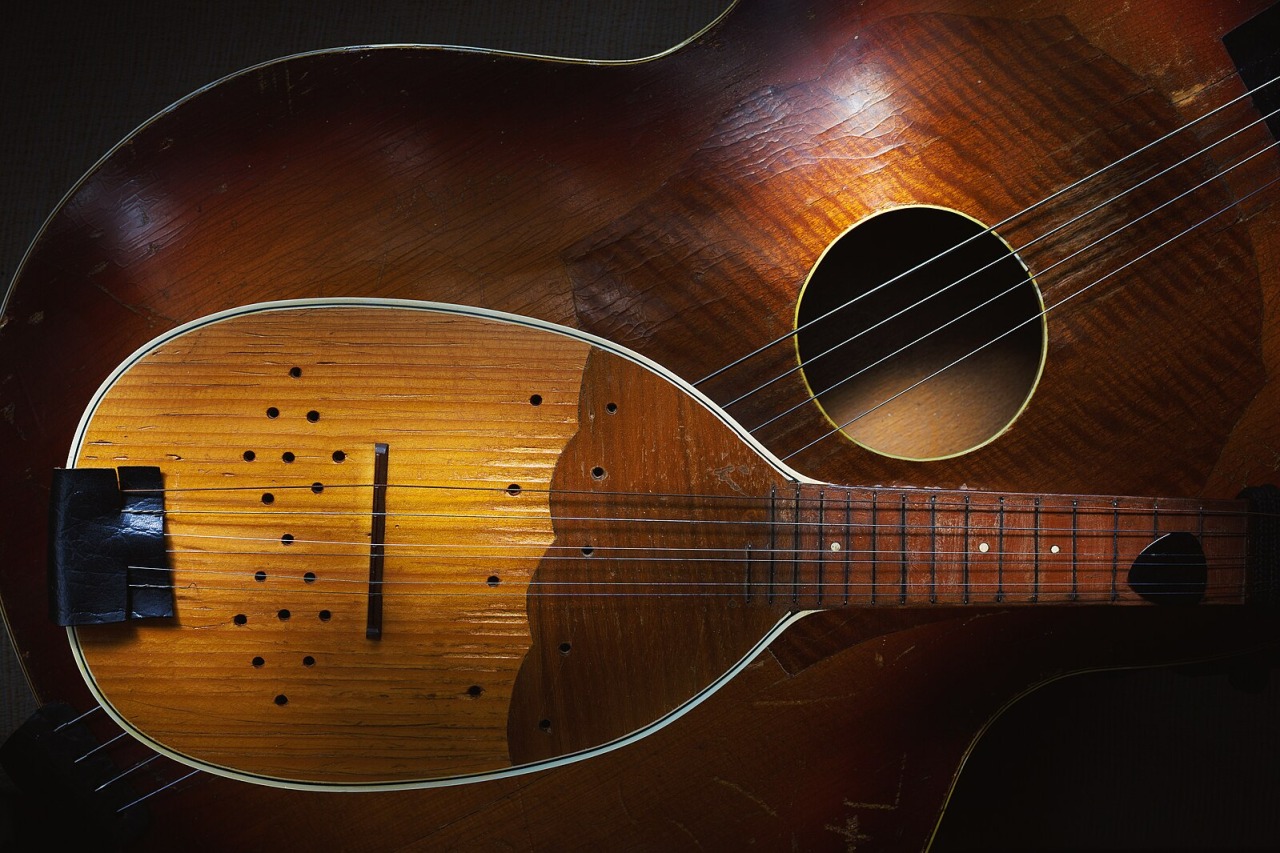
Interestingly, tamburitza music and its associated culture of kafanas, bohemianism, and Vojvodina’s rural traditions continue to be celebrated by both Serbians and visitors alike. Every year, the Tamburica Fest, held in Novi Sad in early September, attracts music lovers from across the country and beyond. The festival has grown into one of the largest celebrations of tamburitza music, with numerous bands performing both traditional and modern interpretations of the genre. It’s an event that showcases the instrument’s versatility and enduring appeal.
Fun Facts About the Tamburitza:
- Instrument Variations: There are different types of tamburitza, with the tambura being the most popular. Other variations include the bugarija (a larger version) and prim (a smaller, higher-pitched tamburitza).
- A Bohemian Legacy: The tamburitza is inseparable from the bohemian culture of Belgrade’s Skadarlija. The area is known for its taverns where musicians played, inspiring poets and writers to create some of their most famous works.
- Vojvodina’s Influence: Tamburitza music has deep roots in Vojvodina, with many families passing down the tradition of playing the instrument. The region’s agricultural traditions, along with the salasi, have played an important role in preserving this musical heritage.
- Cultural Preservation: While urbanization has changed the way people listen to music, tamburitza music still thrives in Serbia’s rural regions, preserving traditional tunes and melodies passed down through generations.
- The Tamburica Fest: Held annually in Novi Sad, the Tamburica Fest is a celebration of the instrument and its music. It attracts performers and fans from all over, blending traditional and contemporary styles to create a dynamic atmosphere that showcases the tamburitza’s versatility.
- Cross-Cultural Influence: The tamburitza is not only a Serbian tradition but also has deep roots in other Balkan countries, including Croatia, Hungary, and Bosnia and Herzegovina, where similar instruments and styles exist.
- Kafana Culture: The Serbian kafana is a place where time seems to slow down. Here, a tamburitza band playing lively tunes can create an atmosphere where people forget their daily worries and embrace life’s simple pleasures. It’s said that the best way to experience Serbia is in a kafana, listening to the sound of the tamburitza, surrounded by good friends, hearty food, and laughter.
The tamburitza, with its soulful melodies and vibrant rhythms, is more than just an instrument in Serbia – it is a symbol of the country’s cultural identity and a crucial part of the bohemian lifestyle that once thrived in Skadarlija. This folk instrument has witnessed the ebb and flow of history, from rural gatherings to the bustling taverns of Belgrade, and even into the rural heart of Vojvodina, where it is still a beloved tradition today. Whether in the quiet hum of a family gathering or the raucous cheer of a kafana, the tamburitza remains an enduring emblem of the Serbian spirit: joyful, heartfelt, and ever-resilient. The Tamburica Fest in Novi Sad further celebrates this musical heritage, proving that this instrument will continue to echo through the hearts of Serbians for generations to come.
Related Articles


Winter Wine Escape: Serbia’s Most Beautiful Holiday Wineries
December 11, 2025